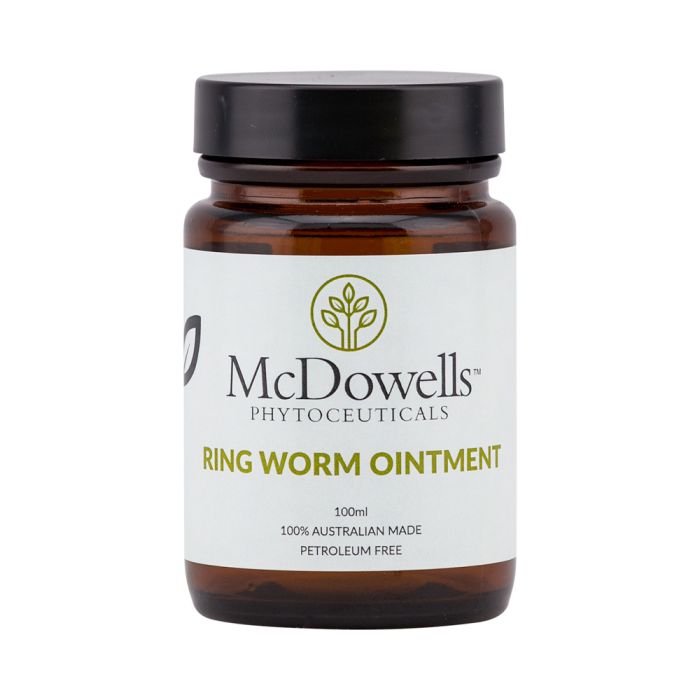
Ring worm Ointment
Product Information
Description
Ringworm is an infection caused by a fungus that grows in the dead, superficial layers of the skin, hair or nails. It has nothing to do with worms. The scientific name for ringworm is dermatophytosis, and fungi which cause the disease are called dermatophytes. In the cat, the cause of more than 90 per cent of cases of ringworm is the dermatophyte Microsporum Canis.
Ringworm is contagious. Spores are the infectious stage of dermatophytes and are produced by M canis during an infection. Infected hairs are shed into the cat's environment. Cats may become infected either by direct contact with an infected animal or by exposure to a contaminated environment. However some degree of self trauma is probably required to enable fungal infection to develop.
Typical skin lesions are discrete, roughly circular areas of hair loss, particularly on the head, ears or extremities of the limbs. The hairs surrounding affected areas appear broken. The affected skin is often scaly and may look inflamed.
Ringworm seems to be more common in young cats less than one year old, and long-haired cats. The reasons for this are unknown. It is speculated that young cats may have immature immune defence mechanisms which limit their ability to resist infection. In long-haired cats grooming is less efficient and the skin surface is more protected from exposure to the sun.
It is suggested that both an internal mix and external ointment be used together. Positive results should be seen in 2 weeks
Volume
How do I use it?
Apply twice daily to the affected area.
Warning:
Do not use on areas where friction can occur.
May cause skin irritation. Test area first and use sparingly.
If irritation develops but it is important to maintain application, use every second day.
Apply Zinc cream to pink skin after application to help with sun burn prevention.
How is it taken?
What's in it?
Disclaimer
FOR ANIMAL USE ONLY
Reviews
I am so grateful to the McDowell's team that you do what you do to make healing an awesome experience! But the best reward is the comfort, health and happiness of these poor kittens.
I have been taking pictures daily to document how they are improving.
Take care
Bev
